Homestead National Historical Park near Beatrice, Nebraska, isn’t that big, just 211 acres, but as the saying goes it plays much, much bigger. Here you’ll find the National Museum on Homesteading, historic buildings including the Palmer-Epard log cabin that despite its small size – just 14 feet by 16 feet – was home to a family of 12, along with agricultural equipment, genealogy research opportunities, an education center, hiking trails through 100 acres of restored tallgrass prairie and a burr oak forest.
This is Kurt Repanshek, your host at the National Parks Traveler. On a warm, late June day I caught up with Jonathan Fairchild, the park historian, to learn a bit more about Daniel Freeman, the man generally accepted to have been the very first to take advantage of the Homestead Act. Freeman claimed the 160 acres in what at the time was the Nebraska Territory on January 1, 1863, the day The Homestead Act that Congress had passed the year before took effect. Freeman, who was a Union soldier at the time, didn’t settle on the land until the end of the Civil War, in 1865, but he lived there until he died in 1908.
Those 160 acres are the bulk of the setting for the historical park, though it’s much changed from how it appeared during Freeman’s life there. The National Park Service acquired the property in the 1930s and restored the farmed acres to tallgrass prairie.
In a minute, I’ll be back to take you across the landscape with Jonathan.

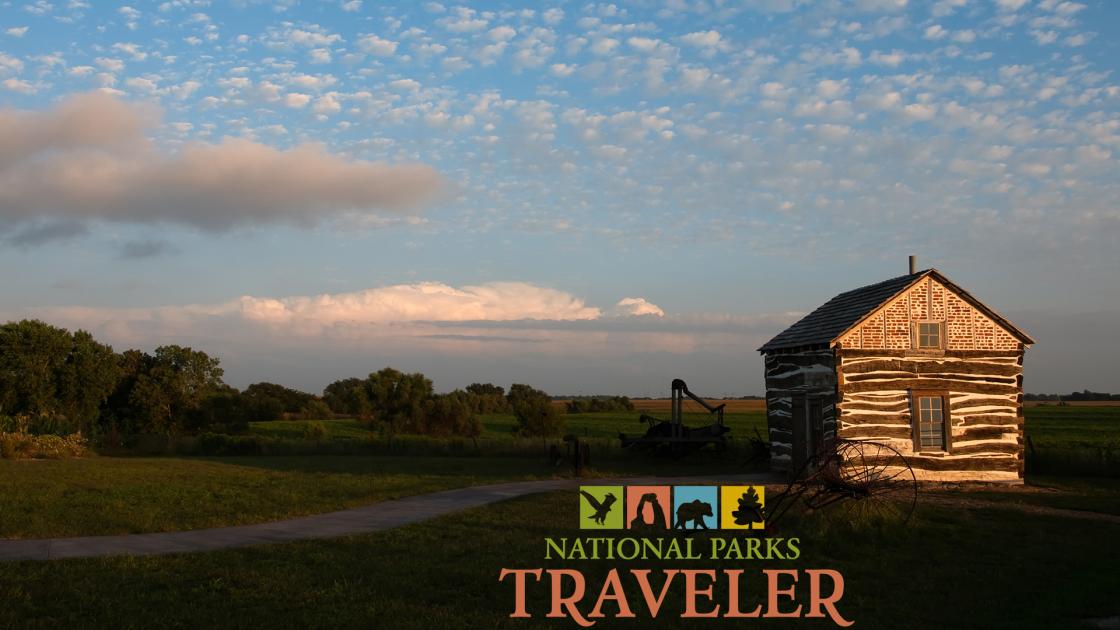
 Support Essential Coverage of Essential Places
Support Essential Coverage of Essential Places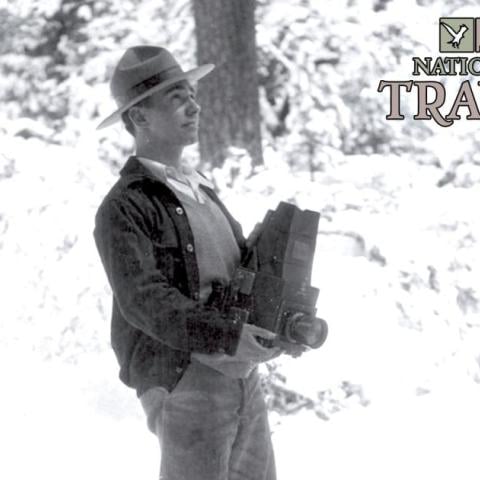
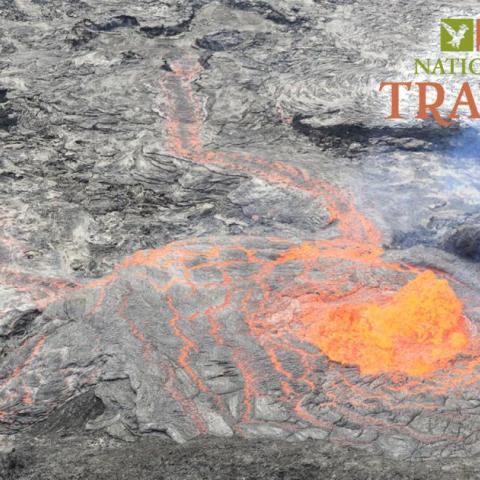
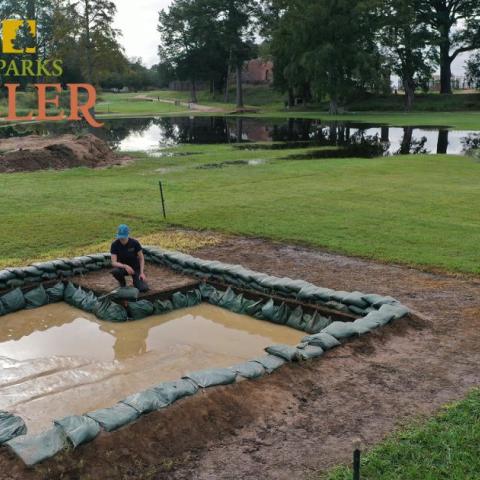
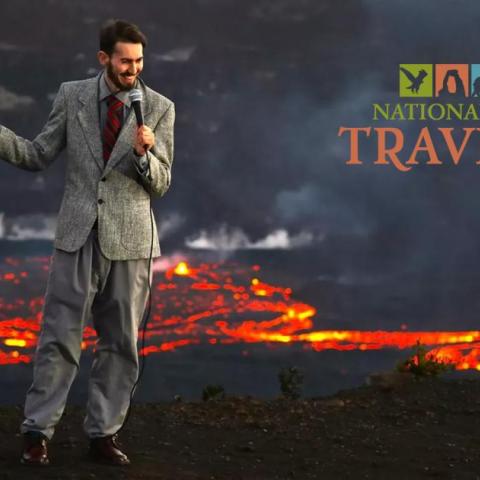






Add comment